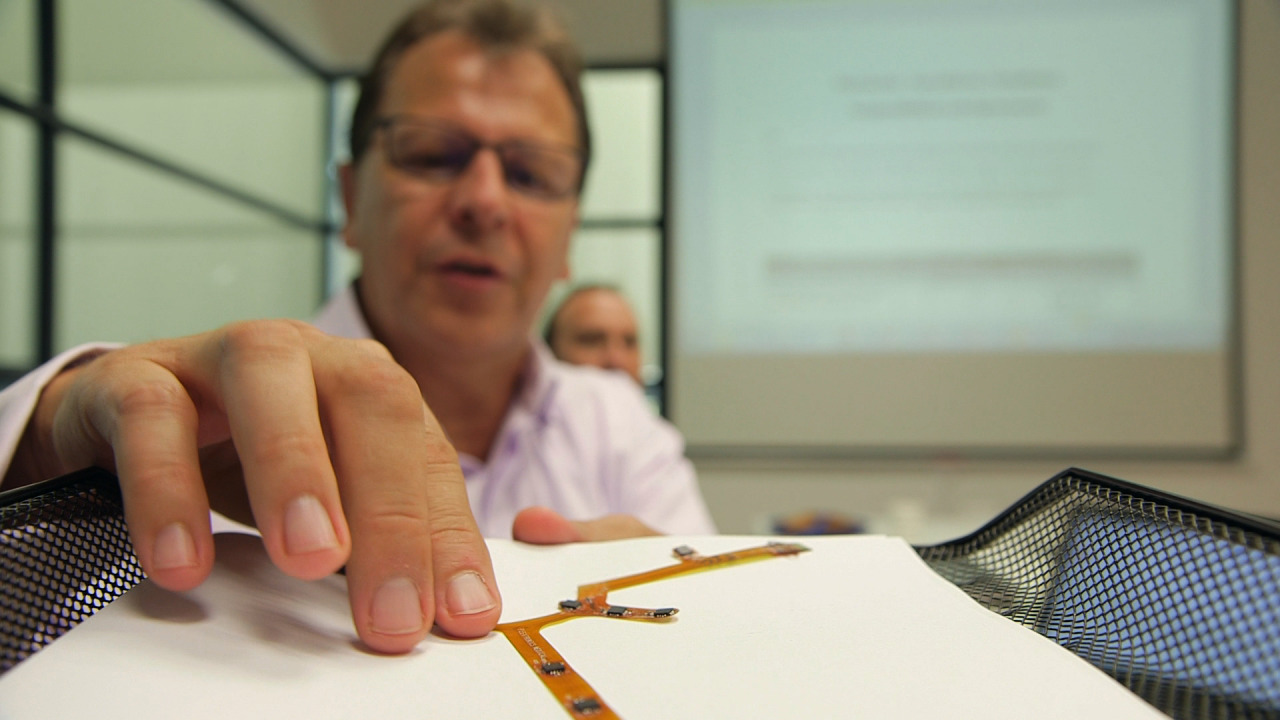Beyond Fitness Gadgets: Why Wearables Are the Future of Medicine
By Rob Royea, CEO, Cyrcadia Health
Throughout my 33-year career, I’ve been fortunate to work with some of the most progressive healthcare companies, including Johnson & Johnson, Acuson and Siemens Medical. During this time, I’ve witnessed a significant evolution in medical diagnostics.
Billions of dollars have been spent in an effort to solve complex patient issues and address complicated physiological questions. The result has been a proliferation of technologies, including MRI, PET, digital mammography and ultrasound. While these diverse approaches to medical screenings have revolutionized patient care, they have also demonstrated that there is no one-size-fits-all screening solution.
Breast tissue density is one example of patient morphology that eludes even today’s most sophisticated diagnostic tools. Studies have shown that digital mammography struggles to diagnose cancer in patients with dense breast tissue. Some 40 percent of those tested using mammography have dense breast tissue, meaning that test results are often no better than a coin toss at detecting cancer. In other words, nearly half of women don’t discover their breast cancer until it’s too late.
When Cyrcadia Health asked me to help bring a wearable breast cancer screening tool to market, I was initially skeptical. The technology of wearing a bra-like device with sensors to screen for breast cancer seemed too simple. I needed to take a deeper dive into the technology and patient results.
As it turns out, Cyrcadia’s founders were correct. We’re living in an age where wearable technology, machine learning, predictive analytics and cloud computing have converged to make medical wearable technology a reality. The time has come for wearable health screening.
Today El Camino Hospital, Ohio State University and The Canary Center at Stanford University have come together to work on a final validation trial for our wearable device. Called the iTBra, the device will be worn under a woman’s daily garments for two to 24 hours. Information obtained via sensors will be electronically transferred to Cyrcadia’s Core Lab with results of the patient condition transferred to the physician within minutes.
With successful trials, our commercial smartphone-enabled technology will allow a woman to wear the iTBra on a monthly basis during her normal activities. She can also use the device’s accompanying smartphone application to ensure her loved ones are conducting their own monthly breast exams.
While we have no cure for cancer, early detection empowers us to save lives. I invite you to follow the journey of this potentially life-saving device and the people it impacts in the documentary, DETECTED, scheduled for release in late 2015.


